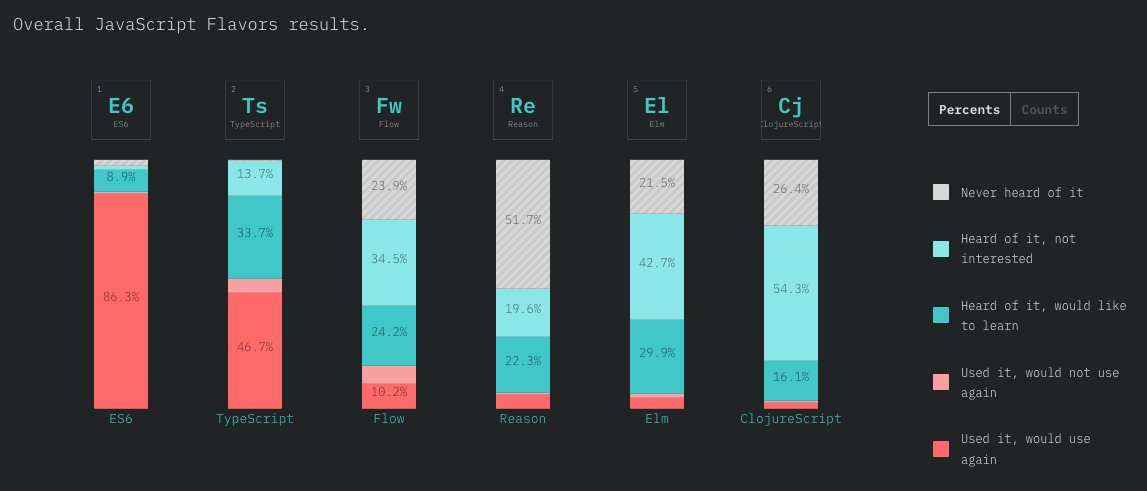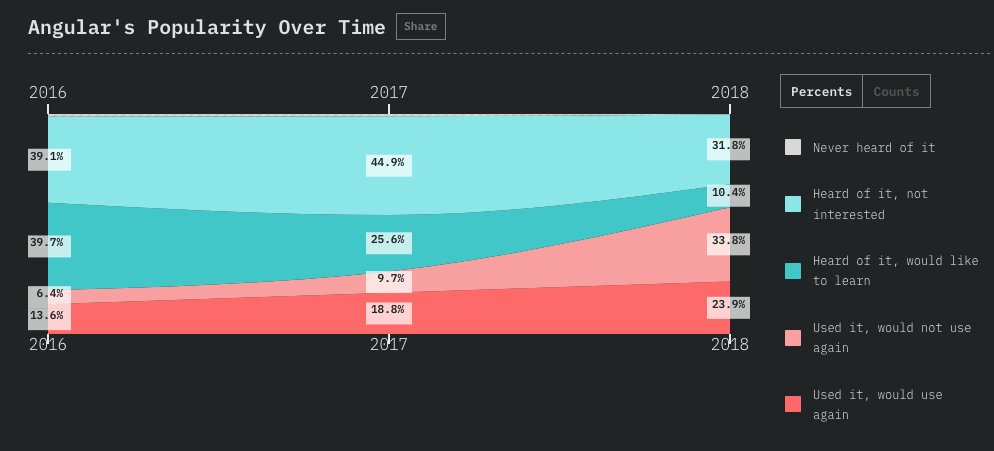@Polkadot is a platform on which blockchain networks are built and connected into one unified network. These connected chains, called parachains, form a living organism of networks all in sync and secure. This forms the foundation on which Web3 will be built.
Polkadot is complicated as hell! This 24-tweet thread is a beginner's guide to @Polkadot $DOT and @KusamaNetwork $KSM in simple English.
What is Polkadot? Kusama? Parachains? Crowdloan and Parachain slot auction?
Comment with other questions and share if you learn something ⤵️

@Polkadot is a platform on which blockchain networks are built and connected into one unified network. These connected chains, called parachains, form a living organism of networks all in sync and secure. This forms the foundation on which Web3 will be built.
Think of it as drag-and-drop blockchain consensus, or even easier, like Music EQ with dials up & down on certain features.
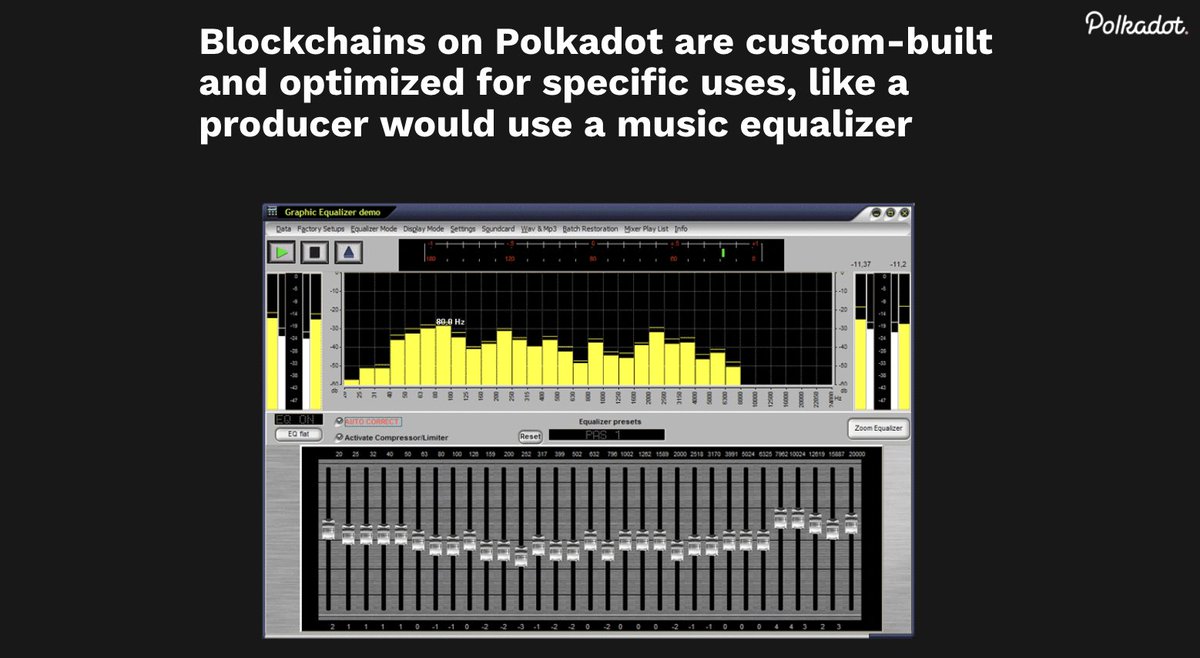
Dev teams use @Polkadot's Substrate framework to build custom chains for a specific use/vertical, such as @AcalaNetwork for DeFi, @PhalaNetwork for Privacy, @chainlink for Oracles, or @hydra_dx for liquidity.
Legacy networks like #Ethereum are called "layer 1" chains. These are single blockchains, operating in isolation. Parachains are also layer 1 chains. Polkadot is one level below, a "layer zero" multi-chain growing to 100+ networks.
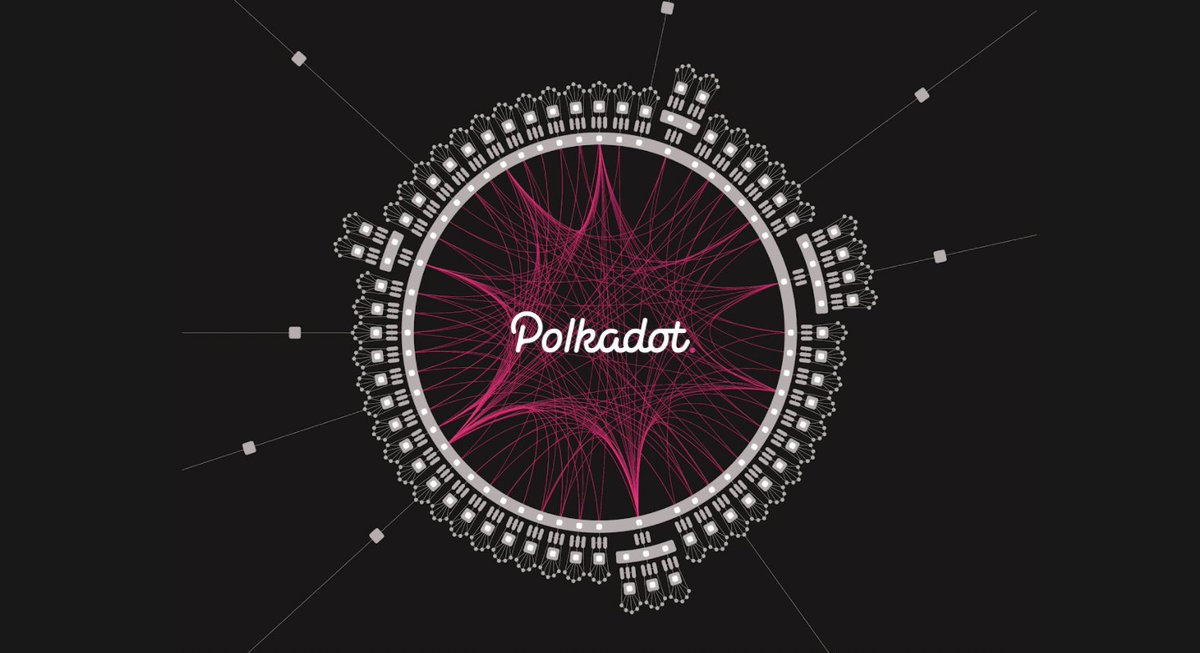
@Polkadot will be bridged to existing networks like @ethereum and #bitcoin via bridges built by teams like @InterlayHQ (BTC), @snowfork_inc (ETH), @ChainSafeth & @centrifuge (ETH), @chainx_org (BTC), and more.
Kusama is essentially the exact same code/archtr as Polkadot, but its on-chain governance moves 4x faster (7 days) and there are lower barriers to entry for teams to get a slot on the network (more on this below).
The model is Testnet->Kusama mainnet->Polkadot mainnet.
This ensures code is as flawless as possible before going to @Polkadot
For the sim/difs between @Polkadot and Kusama, check out this post: https://t.co/3aYG3jWTgo
Teams like Acala are launching @AcalaNetwork on Polkadot and @KaruraNetwork on Kusama. @purestakeco is similarly launching Moonbeam (DOT) & Moonriver (KSM).

@Polkadot has 100+ parachain "slots" (see below) which must be 'leased' for access to Polkadot's security and ability to communicate with other chains.
In fact, no team is "built on Polkadot" until they win an auction!
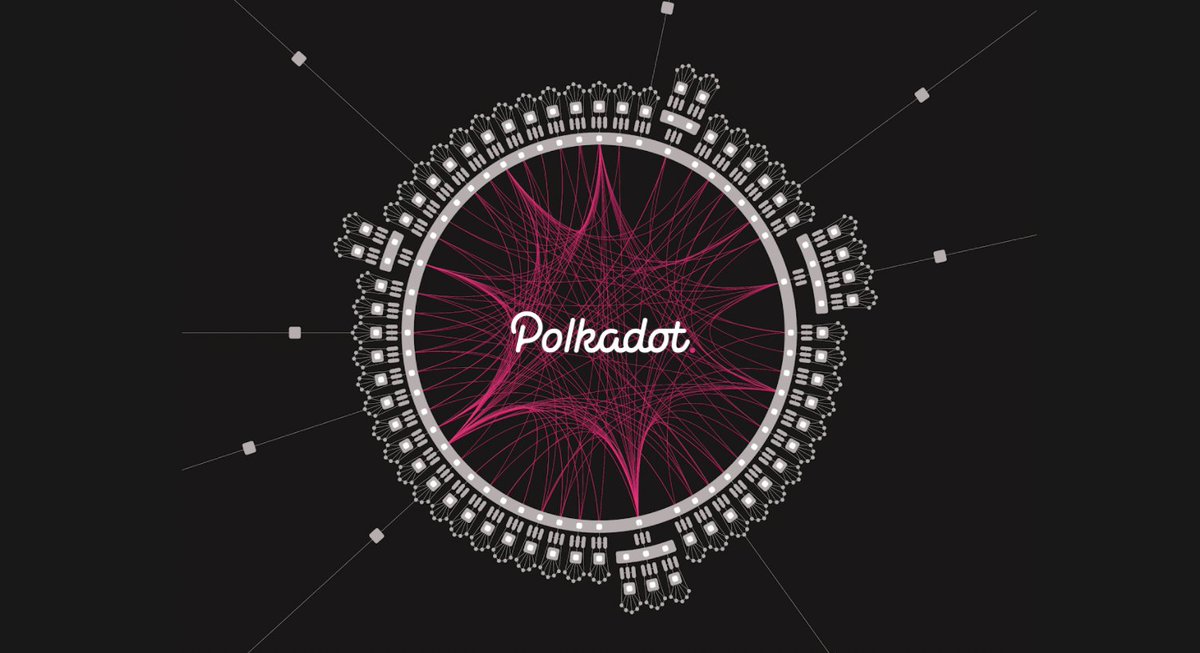
Candle auction: https://t.co/6ZI6hwNux1
This will enable an meta-infrastructure running myriad blockchains and applications on those chains, all in sync and sharing security.
Just like the databases/protocols powering the apps we use every day, end users and consumers shouldn't even know Polkadot and Kusama are there: Web3 apps that operate as good or better than their Web2 counterpart.
More from Tech
Next.js has taken the web dev world by storm
It’s the @reactjs framework devs rave about praising its power, flexibility, and dev experience
Don't feel like you're missing out!
Here's everything you need to know in 10 tweets
Let’s dive in 🧵
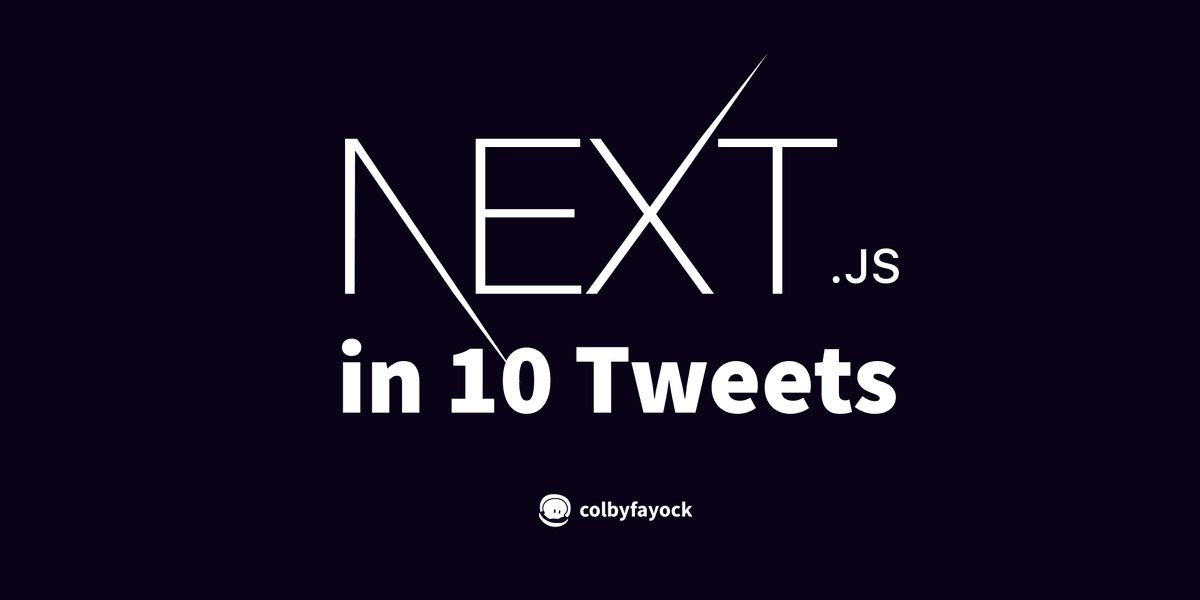
Next.js is a @reactjs framework from @vercel
It couples a great dev experience with an opinionated feature set to make it easy to spin up new performant, dynamic web apps
It's used by many high-profile teams like @hulu, @apple, @Nike, & more
https://t.co/whCdm5ytuk

@vercel @hulu @Apple @Nike The team at @vercel, formerly Zeit, originally and launched v1 of the framework on Oct 26, 2016 in the pursuit of universal JavaScript apps
Since then, the team & community has grown expotentially, including contributions from giants like @Google
https://t.co/xPPTOtHoKW
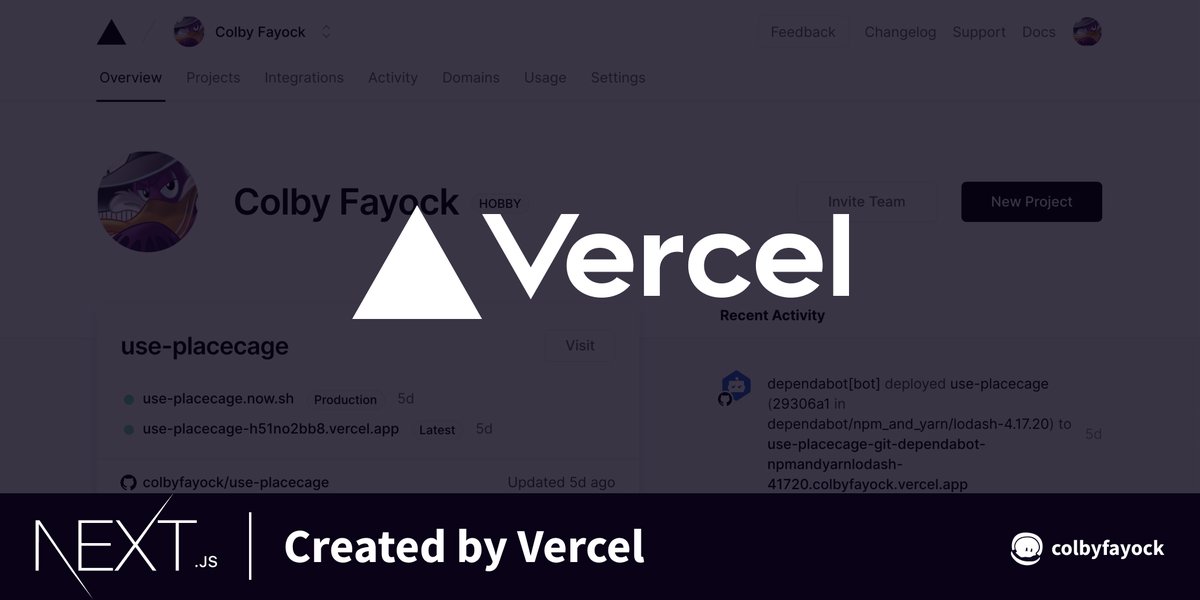
@vercel @hulu @Apple @Nike @Google In the #jamstack world, Next.js pulled a hefty 58.6% share of framework adoption in 2020
Compared to other popular @reactjs frameworks like Gatsby, which pulled in 12%
*The Next.js stats likely include some SSR, arguably not Jamstack
https://t.co/acNawfcM4z
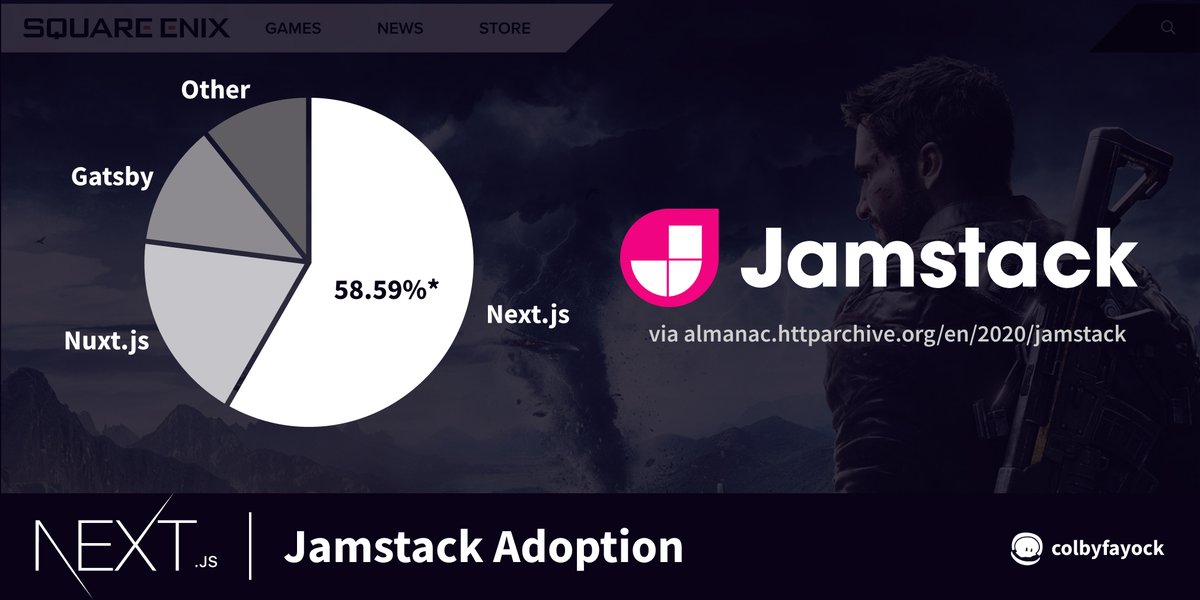
@vercel @hulu @Apple @Nike @Google The easiest way to get started with a new Next.js app is with Create Next App
Simply run:
yarn create next-app
or
npx create-next-app
You can even start from a git-based template with the -e flag
yarn create next-app -e https://t.co/JMQ87gi1ue
https://t.co/rwKhp7zlys
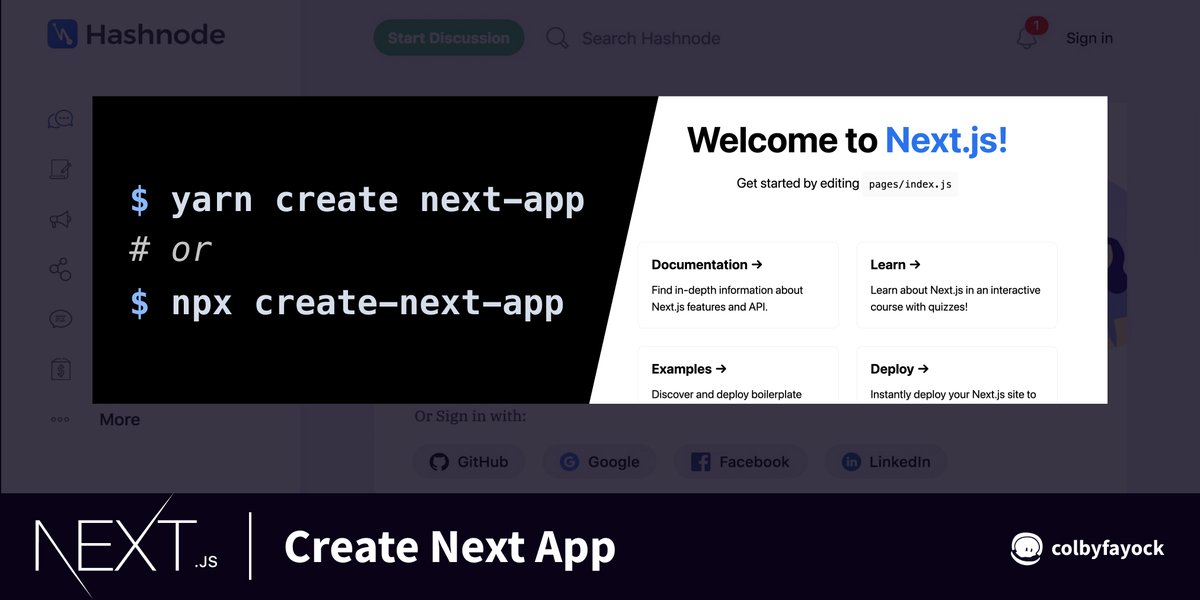
It’s the @reactjs framework devs rave about praising its power, flexibility, and dev experience
Don't feel like you're missing out!
Here's everything you need to know in 10 tweets
Let’s dive in 🧵

Next.js is a @reactjs framework from @vercel
It couples a great dev experience with an opinionated feature set to make it easy to spin up new performant, dynamic web apps
It's used by many high-profile teams like @hulu, @apple, @Nike, & more
https://t.co/whCdm5ytuk

@vercel @hulu @Apple @Nike The team at @vercel, formerly Zeit, originally and launched v1 of the framework on Oct 26, 2016 in the pursuit of universal JavaScript apps
Since then, the team & community has grown expotentially, including contributions from giants like @Google
https://t.co/xPPTOtHoKW

@vercel @hulu @Apple @Nike @Google In the #jamstack world, Next.js pulled a hefty 58.6% share of framework adoption in 2020
Compared to other popular @reactjs frameworks like Gatsby, which pulled in 12%
*The Next.js stats likely include some SSR, arguably not Jamstack
https://t.co/acNawfcM4z

@vercel @hulu @Apple @Nike @Google The easiest way to get started with a new Next.js app is with Create Next App
Simply run:
yarn create next-app
or
npx create-next-app
You can even start from a git-based template with the -e flag
yarn create next-app -e https://t.co/JMQ87gi1ue
https://t.co/rwKhp7zlys

You May Also Like
The first area to focus on is diversity. This has become a dogma in the tech world, and despite the fact that tech is one of the most meritocratic industries in the world, there are constant efforts to promote diversity at the expense of fairness, merit and competency. Examples:
USC's Interactive Media & Games Division cancels all-star panel that included top-tier game developers who were invited to share their experiences with students. Why? Because there were no women on the
ElectronConf is a conf which chooses presenters based on blind auditions; the identity, gender, and race of the speaker is not known to the selection team. The results of that merit-based approach was an all-male panel. So they cancelled the conference.
Apple's head of diversity (a black woman) got in trouble for promoting a vision of diversity that is at odds with contemporary progressive dogma. (She left the company shortly after this
Also in the name of diversity, there is unabashed discrimination against men (especially white men) in tech, in both hiring policies and in other arenas. One such example is this, a developer workshop that specifically excluded men: https://t.co/N0SkH4hR35

USC's Interactive Media & Games Division cancels all-star panel that included top-tier game developers who were invited to share their experiences with students. Why? Because there were no women on the
ElectronConf is a conf which chooses presenters based on blind auditions; the identity, gender, and race of the speaker is not known to the selection team. The results of that merit-based approach was an all-male panel. So they cancelled the conference.
Apple's head of diversity (a black woman) got in trouble for promoting a vision of diversity that is at odds with contemporary progressive dogma. (She left the company shortly after this
Also in the name of diversity, there is unabashed discrimination against men (especially white men) in tech, in both hiring policies and in other arenas. One such example is this, a developer workshop that specifically excluded men: https://t.co/N0SkH4hR35














